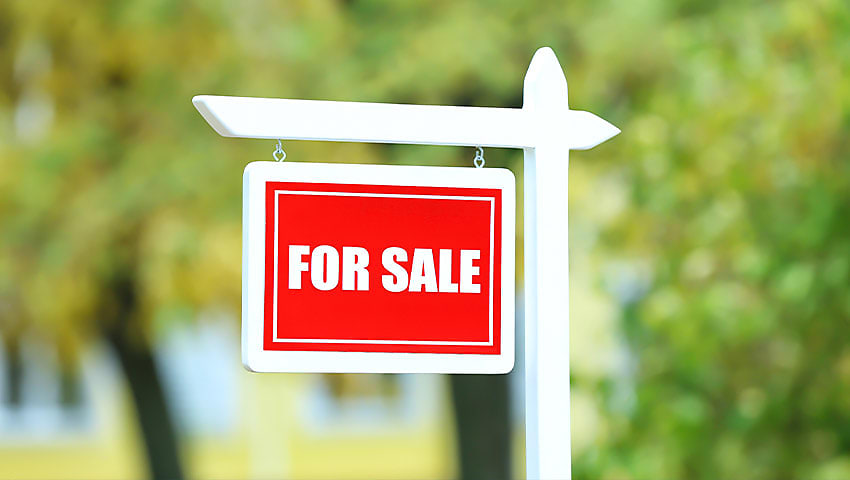Rate hikes stymie spring selling frenzy
A new report showed buyers are not biting on property purchases, as the rate hikes continued to dampen the mood for home buying.

Data from the Housing Industry Association (HIA) showed new home sales fell by 15.7 per cent in the three months to September, down from the previous quarter.
The figures represent the “weakest” quarter since June 2020, when the national lockdown triggered the country’s first recession in almost 30 years.
Victoria was the biggest decliner during the period, recording a 20.8 per cent drop in new home turnovers on a quarterly basis.
New home sales in Queensland, NSW and Western Australia also fell during the period, posting quarterly declines of 17 per cent, 16.3 per cent and 10 per cent, respectively.
South Australia was the only region to record a sales increase, posting a 6.6 per cent gain during the quarter.
September also marked the third consecutive month new home sales declined, falling by 4.2 per cent from August.
HIA chief economist Tim Reardon said the steep decline in new house sale volumes both on a quarterly and monthly basis reflects the increasing pressure that the Reserve Bank of Australia (RBA)’s monetary policy tightening cycle is placing on home buyer borrowing capacity.
In May, the central bank started to hike rates from a record low of 0.10 per cent to rein inflation within its two-to-three target band. Following six consecutive months of rate increases, the official cash rate currently stands at 2.60 per cent.
“The RBA’s most acute tightening cycle in almost 30 years is occurring at the same time as the industry is experiencing the fastest increase in home building costs in almost 50 years,” he added.
Separate data from CoreLogic for the third quarter of 2022 showed that the national residential construction costs increased by a record annual rate of 11 per cent — its highest level in 20 years.
On a quarterly basis, the figures stood at 4.7 per cent higher than the previous quarter’s (Q2) 2.4 per cent increase and bested the 3.8 per cent price surge recorded over the three months preceding September 2021, a time when lockdowns severely impacted domestic supply chains.
Mr Reardon predicts that the rate hikes, along with the cost strain due to rising inflation, will be a detrimental mix for the market. “These compounding forces will see sales continue to slow, and the full impact of the rise in the cash rate is yet to emerge,” he said.
He added that with home building now past the pandemic peak, “a long COVID slow down” is set to take place.
“Given the longer-than-usual lags in this building cycle, the RBA’s rate hikes to date will similarly take longer than usual to affect the broader economy,” he said.
With this, the economist surmised the full impact of the RBA’s rate hikes would likely not be seen until the second half of next year.
“These treacherous lags will force the RBA to wait longer to see the easing in price pressures that it desires. This could result in them weighing too heavily on household finances and jeopardising the housing industry’s future soft landing,” concluded Mr Reardon.

